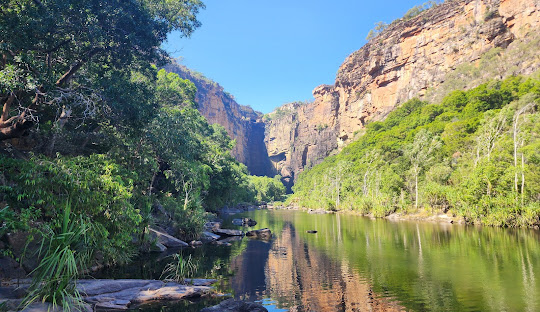
Australia's Climate: A Country of Extremes Facing Challenges from Climate Change
Posted by on
Australia is known for its diverse and extreme climate, which varies dramatically across the country. The climate ranges from tropical wet conditions in the northeast and northwest to arid regions in the centre. Coastal areas in the south experience temperate and humid conditions, with winter snowfall in the southeastern highlands and Tasmania. Australia’s position in the “horse latitudes” influences the widespread aridity, making it the driest inhabited continent with an average annual rainfall of just 470 millimetres (19 inches). Approximately 70% of the country is arid or semi-arid, and 18% is desert, contributing to the country’s overall dry environment.
Several climatic systems, such as the El Niño–Southern Oscillation, the Indian Ocean Dipole, and the Southern Annular Mode, play significant roles in shaping Australia’s weather patterns. The country is prone to extreme rainfall variability, resulting in frequent droughts and floods. Cyclones and rain depressions are common in tropical regions, while the summer monsoon brings significant rainfall to the north. Winter rainfall is typical in the southern parts, and the hottest areas are located in the northwest, while the southeast remains the coolest. Bushfire conditions are prevalent in southern Australia, especially during the hot and dry months.
In recent decades, climate change has intensified these weather extremes. Since 1910, Australia has experienced a 1.5°C rise in temperatures, contributing to more extreme heat and heavy rainfall events. Southern Australia has seen a decline in rainfall from April to October since 1970, alongside a prolonged bushfire season that has been growing longer since the 1950s. In contrast, northern Australia has seen an increase in rainfall over the same period. Tropical cyclones have decreased in frequency since 1982, while alpine snow has diminished since the late 1950s. Additionally, sea levels around Australia are rising, and surrounding oceans are becoming more acidic, presenting significant challenges for both the environment and communities.
Australia’s climate, once already extreme, is now being further shaped by the realities of climate change, highlighting the need for both immediate action and long-term adaptation strategies to address the intensifying impacts on the landscape, wildlife, and population.